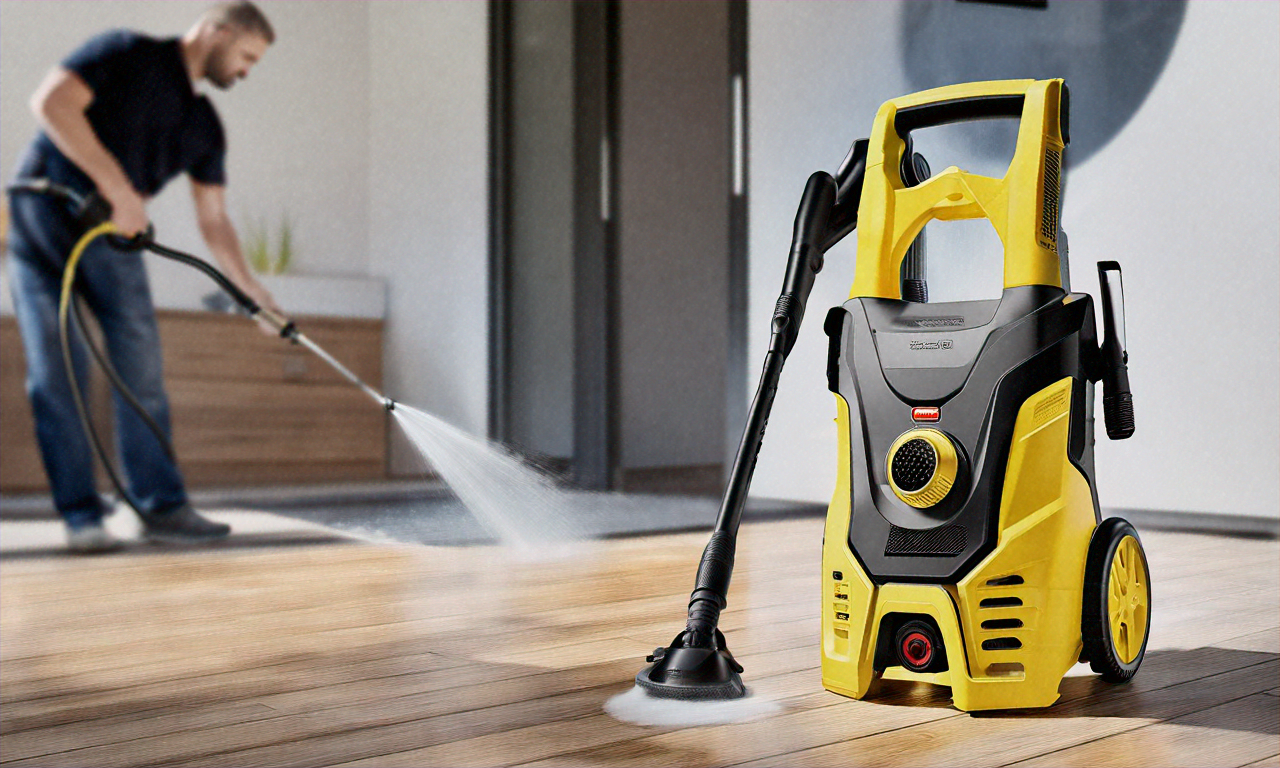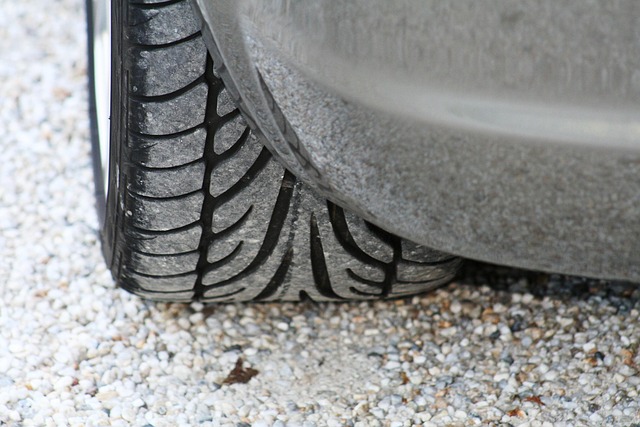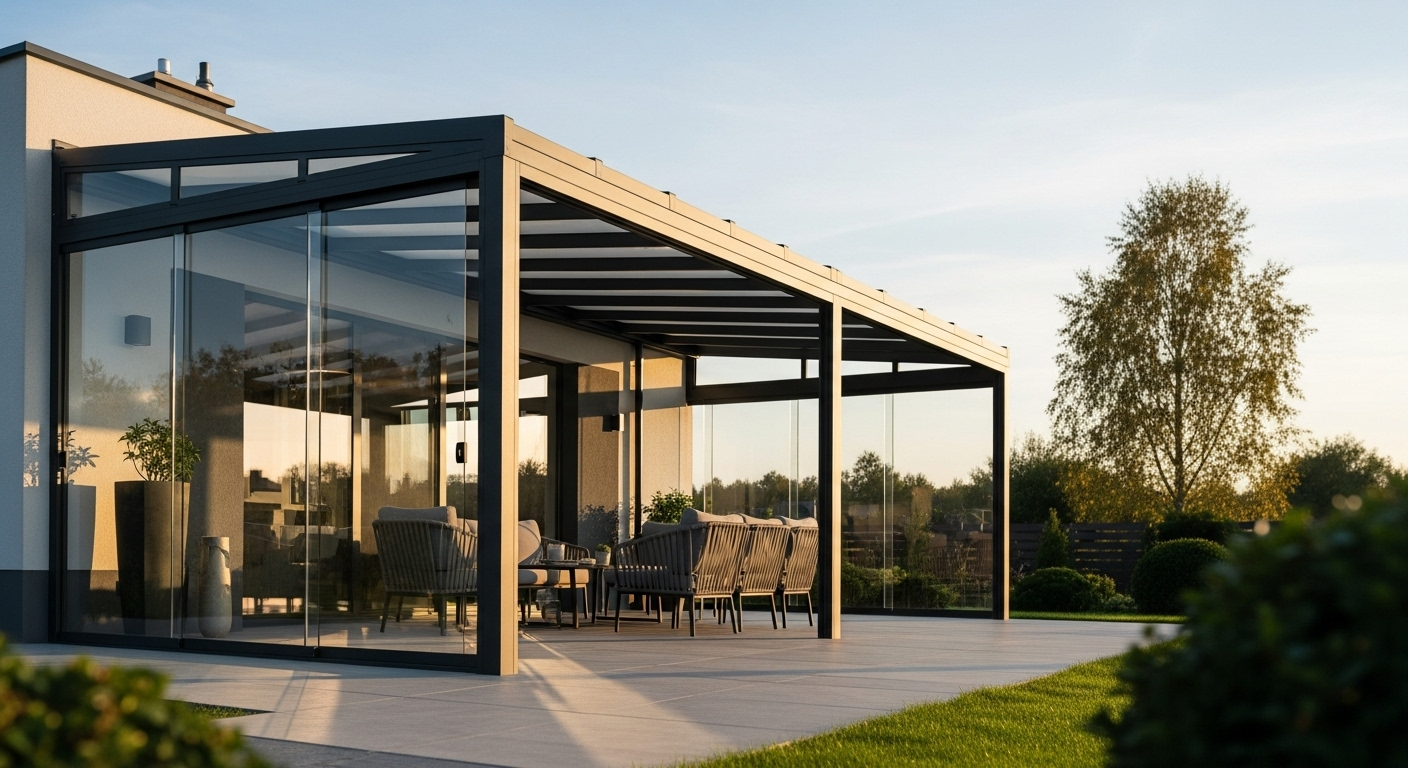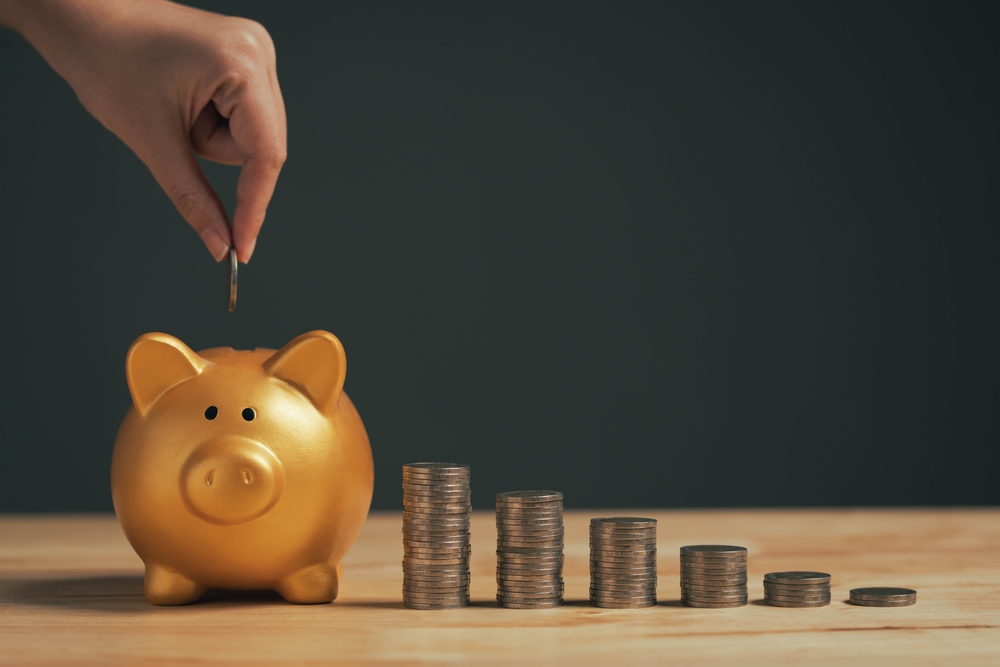2025 Guide to House Cleaning Costs in Australia: What to Expect from Local Services
As we move into 2025, the cleaning industry in Australia continues to evolve, reflecting new trends and market demands. House cleaning is not just about maintaining a tidy and hygienic environment; it’s about valuing time, convenience, and quality. This article will explore the updated hourly cleaning rates, house cleaning prices, and what you can expect from cleaning services nearby.

The Australian cleaning industry continues to adapt to changing economic conditions, with service providers adjusting their pricing models to reflect increased operational costs while maintaining competitive rates. Whether you’re looking for regular maintenance cleaning, a one-time deep clean, or specialized services, understanding the cost factors involved helps ensure you receive fair value. This guide examines the latest cleaning cost trends across Australia for 2025, providing insights into regional variations, service-specific pricing, and factors that influence what you’ll pay for professional home cleaning.
Cleaning Costs in Australia: 2025 Market Update
The cleaning services market in Australia has seen notable shifts in 2025, with average rates increasing approximately 3-5% compared to previous years. Standard house cleaning now typically ranges from $35-$50 per hour for general services, depending on location and specific requirements. This increase reflects rising labor costs, insurance premiums, and cleaning supply expenses that service providers must account for in their pricing structures.
Most cleaning companies now offer transparent pricing models, with many shifting away from hourly rates toward flat-fee structures based on home size and service requirements. This transition provides homeowners with more predictable costs and better value assessment. Additionally, many services now include eco-friendly cleaning options, though these typically command a 10-15% premium over standard cleaning packages.
Hourly Rates and House Size Impact on Cleaning Costs
House size remains one of the most significant factors determining cleaning costs across Australia. Current market rates show clear correlations between property dimensions and pricing:
- Studio/1-bedroom apartments: $120-$180 per standard clean
- 2-bedroom homes: $150-$220 per standard clean
- 3-bedroom homes: $180-$280 per standard clean
- 4+ bedroom homes: $250-$400+ per standard clean
Most cleaning services calculate these rates based on an estimated time requirement, with the average cleaner covering approximately 200-400 square feet per hour for standard cleaning. Factors that can increase time requirements include multiple bathrooms, extensive kitchen cleaning needs, and homes with numerous furnishings requiring detailed attention.
Many companies also offer discounts of 10-20% for regular cleaning schedules (weekly or bi-weekly), making consistent professional cleaning more economical than one-off services.
Urban vs Rural Cleaning Prices Across Australia
Location significantly impacts cleaning service costs throughout Australia, with notable urban-rural price differentials emerging in 2025. Metropolitan areas like Sydney, Melbourne, and Brisbane command premium rates, with standard cleaning services averaging 15-25% higher than in regional centers. Sydney remains Australia’s most expensive city for cleaning services, with standard hourly rates averaging $45-$60, compared to $35-$45 in regional New South Wales.
Rural areas face unique pricing challenges, with some remote locations experiencing higher rates due to travel costs and limited service provider competition. However, this is balanced by generally lower overhead costs in these regions. For example, cleaning services in remote Western Australia may charge travel fees of $0.75-$1.00 per kilometer beyond a set service radius, while metropolitan providers typically include travel within their standard rates.
Interestingly, some regional centers like Geelong, Newcastle, and Wollongong are seeing increased competition among cleaning services, leading to more competitive pricing despite their proximity to major cities.
Specialized Cleaning Services Explained and Priced
Specialized cleaning services command premium rates due to their technical requirements, specialized equipment, and additional training. These services have seen some of the most significant price adjustments in 2025:
- End of lease cleaning: $250-$550 depending on property size
- Carpet steam cleaning: $30-$55 per room or $75-$150 per house
- Window cleaning: $8-$15 per standard window
- Oven cleaning: $60-$100 as a standalone service
- Post-construction cleaning: $0.50-$2 per square foot
- Mold remediation: $500-$3,000+ depending on severity
Many specialized services now offer package deals, combining multiple specialized treatments at discounted rates. For instance, combining end of lease cleaning with carpet steam cleaning typically results in a 10-15% discount compared to booking these services separately.
High-demand periods, such as the end of the month for bond cleaning or spring cleaning season, may also incur premium rates of 10-20% above standard pricing.
Average Cleaning Price Breakdown by Provider Type
The Australian cleaning market features diverse service providers, each with distinct pricing models and service offerings. Understanding these differences helps consumers make informed decisions when selecting a cleaning service.
| Provider Type | Average Cost Range | Service Inclusions | Additional Notes |
|---|---|---|---|
| Independent Cleaners | $30-$45/hour | Basic cleaning, customizable | Limited insurance, flexible scheduling |
| Local Cleaning Companies | $35-$55/hour | Standard packages, some specialties | Insured, background-checked staff |
| National Franchises | $40-$60/hour | Standardized services, guarantees | Consistent quality, higher overhead |
| Eco-Friendly Specialists | $45-$65/hour | Green products, sustainable practices | Reduced chemical exposure, environmentally conscious |
| On-Demand Apps | $40-$70/hour | Quick booking, variable availability | Convenience premium, quality varies |
Prices, rates, or cost estimates mentioned in this article are based on the latest available information but may change over time. Independent research is advised before making financial decisions.
When comparing providers, it’s important to consider what’s included in standard packages. National franchises typically offer standardized service lists with clear inclusions and exclusions, while independent cleaners often provide more flexibility but may charge extra for services that franchises include as standard. Additionally, many companies now offer tiered service packages (basic, standard, premium) with clearly defined price differences between each level.
Factors Affecting Your Final Cleaning Bill
Beyond the base rates, several factors can significantly impact your final cleaning costs. Understanding these variables helps avoid unexpected charges and ensures you receive accurate quotes:
- Cleaning frequency: Regular schedules (weekly/bi-weekly) typically receive 10-25% discounts
- Home condition: Excessively dirty homes may incur surcharges of 15-30%
- Accessibility: Difficult access properties (no parking, multiple flights of stairs) may include additional fees
- Seasonal demand: Peak periods like end-of-year or spring cleaning season can increase rates by 10-15%
- Special requirements: Pet-friendly products, fragrance-free cleaning, or other special requests may add 5-15% to standard rates
- Geographic location: CBD and premium suburbs typically incur higher rates than outer suburbs
Many cleaning services now offer free in-home assessments to provide accurate quotes rather than estimates, particularly for larger homes or those requiring specialized services. This trend toward personalized pricing helps ensure clients receive appropriate service levels at fair market rates.
As the cleaning industry continues to evolve in Australia, staying informed about current pricing trends helps consumers budget effectively while securing quality services that meet their specific household needs.



